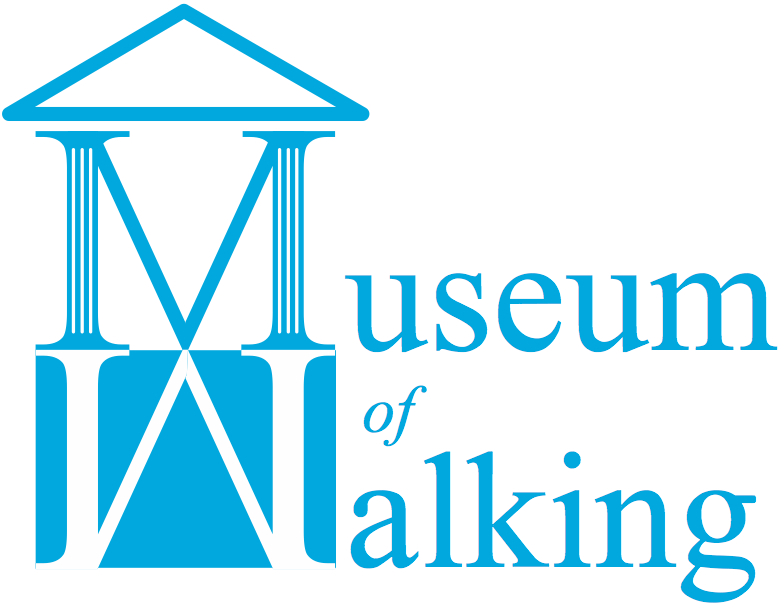Date/Time
Date(s) - 11/09/2007
5:30 pm - 7:30 pm
Location
Royal Commonwealth Society,
The ‘burbs – everywhere, nowhere or somewhere?
Conversations Briefing Paper for 11 September 2007 by Ian Phillips
The move away from city centres is not a new one. Cicero in the 1st cent. B.C. refers to suburbani, large country estates just outside Rome, where the wealthy could enjoy the privileges of security, space and tranquillity whilst remaining within easy reach of the civic attractions and power-bases of the capital.
Suburbia is rarely celebrated or lauded, although it is where most people live and many others aspire to and it has provided a safe, comfortable but arguably bland environment particularly for the post-industrial family unit. The 19th c. English model and garden suburbs developed by idealistic philanthropists such as Lever, Cadbury and Howard still set fine examples for today and the future. This rus in urbe vision has since been strongly marketed, but rarely delivered, through their speculative successors which have met mass housing need without providing the underlying quality of setting or ongoing commitment of care. The suburbs have been mass-produced by developers with no ongoing interest in their future, leaving this to the whims and varying priorities of local authorities or the transient interests of their diverse occupiers. But increasing standardisation continues to erode the uniqueness of place that remains a characteristic of those settlements perceived by most people as attractive and liveable.
Does sense of place really matter if a standardised system delivers what people appear to want?
The suburban house has become a secure, well-equipped shelter with a range of built-in services and comforts to cater for our needs and desires. It is a global communication centre enabling social networking and information exchange regardless of distance. Along with its extension, the private car, it is superficially a model of self-contained sufficiency. The suburban lifestyle offers privacy, choice, mobility and concentrates its inhabitants’ resources on their independent domains of house, garden, car and closed social circles.
Suburbia has a sense of sameness with little or no spatial identity or sense of place. In urban design terms it lacks legibility whilst providing a strong sense of comforting familiarity. In adopting this standardised, self-sufficient and domestically-oriented lifestyle, we are losing place-based community interdependence, civic pride and interaction with our locality and its other occupants, our neighbours. People don’t meet each other because they don’t need to and they don’t get the opportunity of doing so because the traditional focal points of community engagement are absent, disappearing or of fleeting presence. The public domain is increasingly sterile, under-used and potentially hostile. We are, however, engaging with wider business and social networks through commuting to work, car-based travel and modern communications media, particularly the internet.
Is the place-based community being replaced by new social networks in techno- suburban living? If so, is the quality of life being improved by this?
Can we repackage the public domain of the suburb to attract people and stimulate broader community engagement?
If sense of place and community identity is important to quality of life, there is a strong case for ensuring that our new suburbs incorporate their own unique features and facilities, perhaps of such significance as to attract visits from well beyond the locality. Unique attractions such as the Lever Gallery in Port Sunlight, Selly Manor Museum in Bournville and Saltdean Lido, all in suburban settings, along with numerous special parks, churches, cinemas and civic buildings show an awareness in the past that has been all but lost in more recent times. The features need not necessarily involve construction, but might be cultural or sporting events or activities. The recent growth of local festivals may reflect a recognition of the importance of local celebration of place and community.
What unique features should we be seeking to include in mass residential developments that will provide a sense of place and reawaken a sense of local civic pride?
The need to reduce our carbon footprint and the diminishing availability of fossil fuels will potentially make many of the assumptions that have shaped suburban development become obsolete. Chief amongst these is the affordability and availability of reliable energy supplies from centralised sources and of the car for personal transport.
Can existing suburbs adapt to renewable and efficient (and decentralised?) energy sources and to a reduced dependency on the private car? Might today’s low- density suburbs become tomorrow’s housing renewal areas because they are unsuited to these changes?
“Conversations on Future Lifestyles”: Talk it Through, Make it Happen.
Rethinking Cities Ltd. host “Conversations on Future Lifestyles”, a series of thought-provoking, inspiring and creative discussions on lifestyles and their impact on urban living. Such a Conversation is an opportunity to meet fellow professionals, to share opinions, and contribute to interesting debates on topical issues. Collective problem solving. A briefing paper is distributed to participants one week before the conversation and a guest speaker is invited to introduce the topic.
Conversations take place early in an evening, at a convenient central London location, approximately once a quarter, and last for between 50 and 90 minutes. They are hosted by an experienced facilitator, and participation is limited to ten people, ensuring intimacy and an opportunity for everyone to have a chance to contribute.
“Wise people like Raban (author of Soft City) learn things about cities and communicate them, but then are more or less forgotten. Revisiting them is a real service, and the Conversation was very stimulating, to me at least. The Homes & Communities Academy should fund you to hold hundreds of Conversations, as an alternative to reinventing the wheel.” Rob Cowan, former Director of the Urban Design Group
For each Conversation, a briefing paper is written by the person introducing the topic.
